WWII PHOTOS
This
Section of the 379th Bomb Group Website is for members
and those who would like to share their 379th
BGA war pictures. Photographs should include a brief
description, names, or story. All pictures will be added
to the 379th BGA archives. Selected photos
will be added to this section periodically.
Email
to
looking4@379thbga.org. Subject:
WORLD WAR II PHOTOS OF THE 379th
.jpg)
PHOTO 5001 - Crash in Germany
During the Second World War, a lady lived in a house
that was facing the German airfield of BONDUES (which at
the time was also called LILLE-NORD by the German
Luftwaffe). She remembers that one day this bomber
crash-landed on the airfield and that the crew was taken
POW.
This
airfield was one of the airfields that were used by the
'Abbeville Kids', the Luftwaffe fighters of the famous
Jagdgeschwader 26. The French lady thought this happened
in the autumn or winter of 1942, but this is probably
wrong since the 379th BG was not in action over occupied
territory at that time.
Does
anyone know about any B-17 of the 379th BG that
crash-landed on a German airfield and whose crews were
taken POW afterwards?
Sterling,
Your response to Photo 5001, allowed us to find the
following information about your aircraft and crew. The
following crew members were on the 4/6/45 mission to
Leipzig, Germany on aircraft 43-39061-H "Round Trip
Rabbit", 525th Squadron:
Jensen, Sterling A 1st Lt. Pilot
Hill, Joseph K 2nd Lt. Co-Pilot
Burke, John P 2nd Lt. Navigator
McCrary, Raymond E F/O Bombardier
Allen Jr., Leslie E T/Sgt. Radio Operator/Gunner
Roberts, Robert E T/Sgt. Engineer/Top Turret Gunner
Lake, Charles D Sgt. Ball Turret Gunner
Worthington, Clifford J. S/Sgt. Waist Gunner
Roundtree, Clarence P. S/Sgt. Tail Gunner
The
following is a summary by the Pilot:
Final mission; electrical system malfunction; oil
pressure gauge on # 3 dropped; feathered the prop;
couldn't see any oil leak so I decided to unfeather the
prop but because of the electrical malfunction it
wouldn't unfeather. Stayed in formation to drop our
bombs', after leaving the target we couldn't keep up
with the formation and lost radio contact. Flying over a
10/10 under cast the navigator couldn't get a fix;
finally we broke out over an English fighter field in
France; dropped the wheels to indicate we wanted to land
and got a green light. My navigator said we now had a
heading to an American field. We took this [the wheels
wouldn't retract] but there was no field. In the
distance I spotted a large city, Lille, France, and
landed on an old German fighter field. At the end of the
landing roll the right gear dropped into a sand filled
and grass covered bomb crater, bending # 3 & # 4 props.
The plane was not repairable and we flew back to
England.
Sterling A. Jensen, 1st Lieutenant Pilot
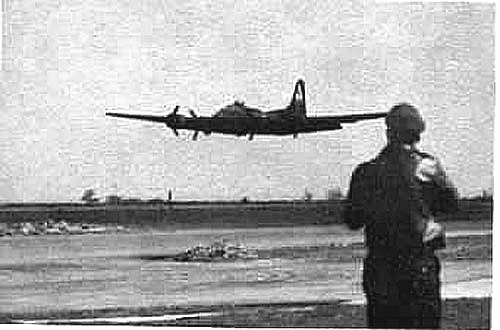
Photo 5002 - Coming in with her feet up at Kimbolton!!!
Lt
Edmund Lutz, 525th Bomb Squadron, made a
perfect landing in the grass.
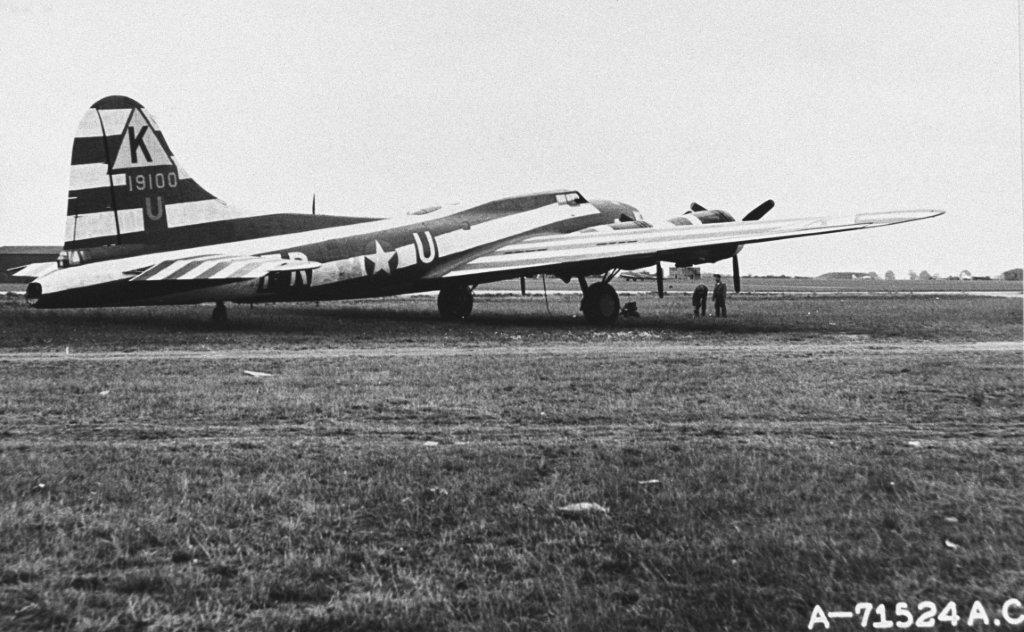
Photo 5003 – Birmingham Blitzkrieg A/C# 41-9100
This
aircraft was a B17-E assigned to the 379th BG inventory
in May 43 and listed as non-operational. This aircraft
participated as the formation ship for some of the 379th
BG missions. Many refer to this aircraft as the “Barber
Pole”.
Toulouse, mission 25, June 1944:
Billy
Drake’s crew ditched, was rescued and put ashore at Lyme
Regis Dorset, England. After being rescued, a crewman
told me the boat belonged to P Guinness of the Guinness
fortune. The captain had heard an SOS and set sail to
follow the signal. They put us ashore at Lyme Regis
Dorset and the town folks met us at the dock and put us
up in their homes. The next day we went to the US Naval
base at Exeter.
The
following day we were picked up by an aircraft and
brought back to Kimbolton. The aircraft had white bands
around each nacelle and white stripes the length of the
fuselage.
According to one of the officers, the aircraft was used
by permanent personnel for anything deemed appropriate.
It had been well modified, had individual seats and was
most comfortable. I was told that occasionally this
aircraft made booze runs to Scotland.
I do
not know of it being used as a formation ship, but it
sure makes sense to do so. Several times we had
difficulty in finding our group. Two aircraft failed to
find the formation for above mission.
Harry
S Hurlburt Jr, Bombardier on this crew
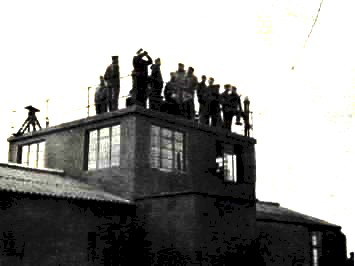
Photo 5004 - Waiting for the "BIRDS" to come home at the
Kimbolton Airport Tower
This
was one of two control towers at Kimbolton.
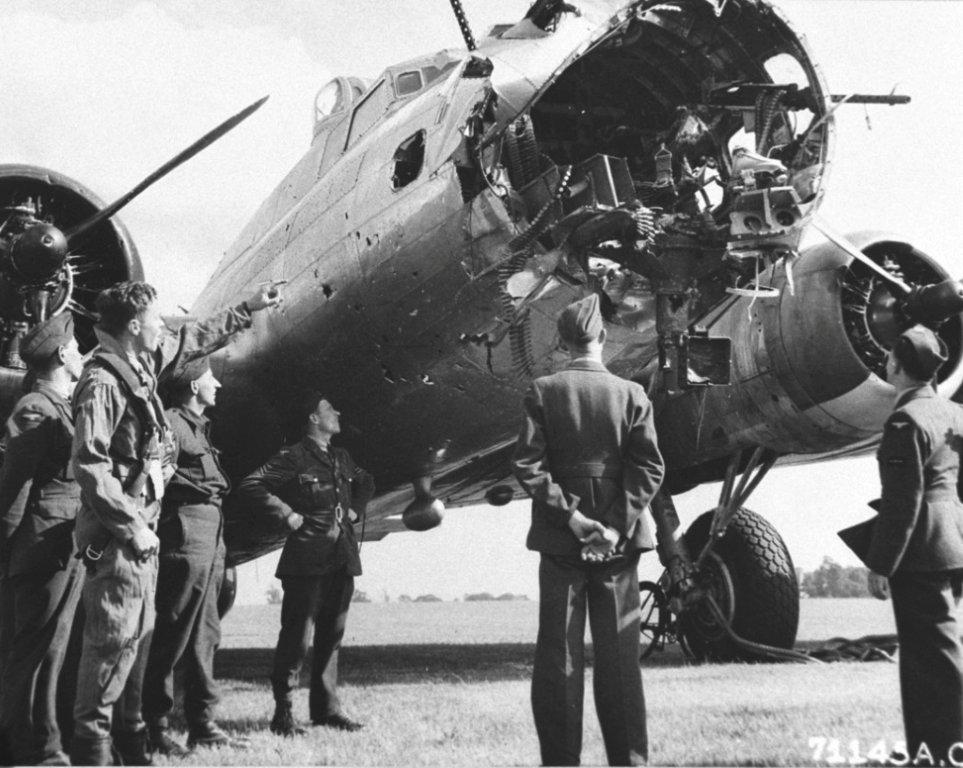
Photo 5005 - Pilot Karl Becker pointing to flack damage
on "Lil Satan"
This
aircraft received a burst of flak
that sheared off much of the nose, knocked out
both inboard engines, knocked out all flight and engine
instruments and created much turbulence. Despite the
damage it returned.
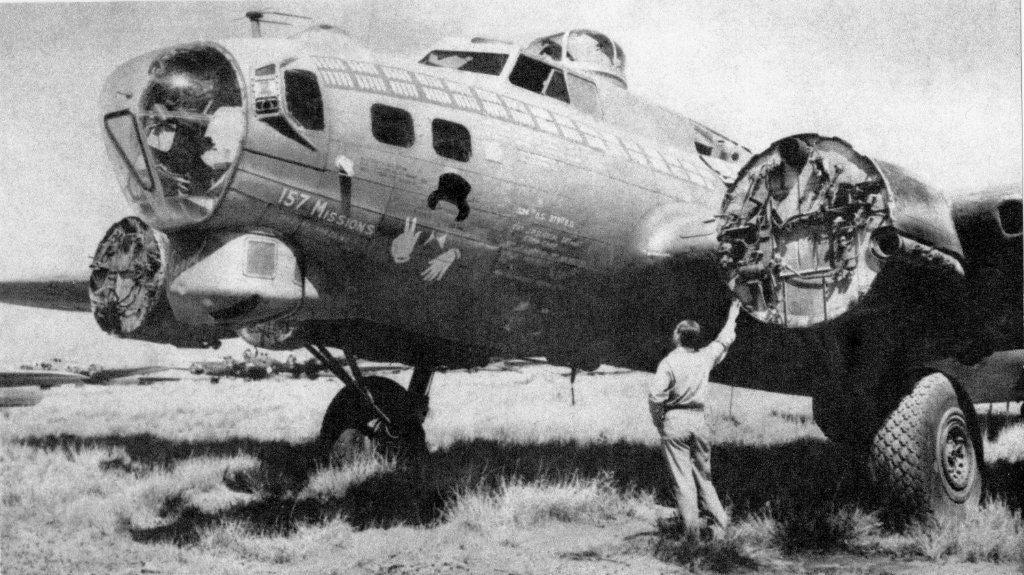
Photo 5006 – “Topper/Ol’ Gappy” in Kingman, AZ (the bone
yard) after the war
“Topper/Ol’ Gappy” stands
above any other bomber in the 8th Air Force
in Europe in WWII with 157 combat missions. Not only did
the 379th Bomb Group “The Grand Slam
Group” stand supreme in operational efficiency over
the other 41 groups, it also had 17 aircraft achieving
over 100 combat missions, which was also more than any
other group.
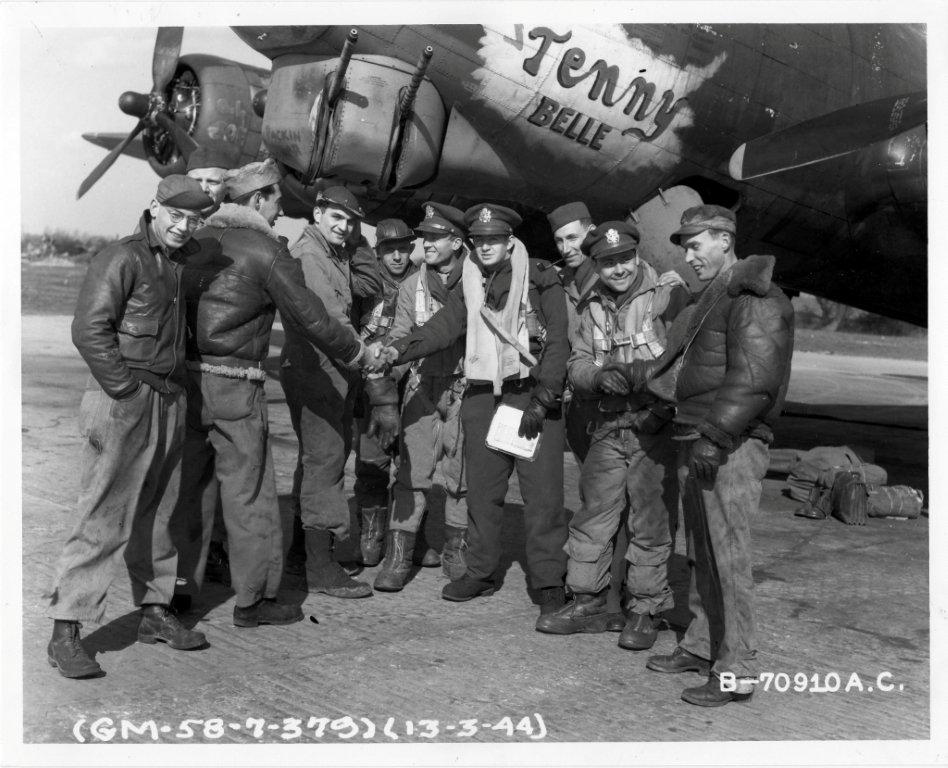
Photo 5007 - “Tenny Belle” crew after 25th
13
Mar 44: completing their 25th mission on “Tenny Belle”,
42-31083, 525th Squadron, L to R: Lt Richard C Brooke,
Navigator; Lt Earl (Curly) L Houston, Pilot; and Lt
Eugene F Hart, Bombardier being congratulated by other
crew members and ground crew. This crew was like many;
they did not finish their missions together. Due to the
sub zero temps, the open waist positions in the earlier
B-17’s caused many waist gunners to be hospitalized for
severe frostbite. Members from other crews were required
to fill-in when a crew was not complete due to sickness,
injury or death. In April 44 the number of completed
mission tours went from 25 to 30. Crewmembers who
completed 20 missions were prorated 27, 28 or 29. Four
members of this crew finished their missions in March,
the rest were used as fill-ins for other crews to
complete the rest of their prorated missions.
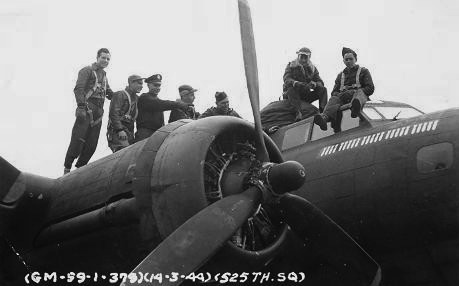
Photo 5007.1 -
Maximilian
Hadley's crew after their 25th mission on Anita Marie
3/14/44 525th
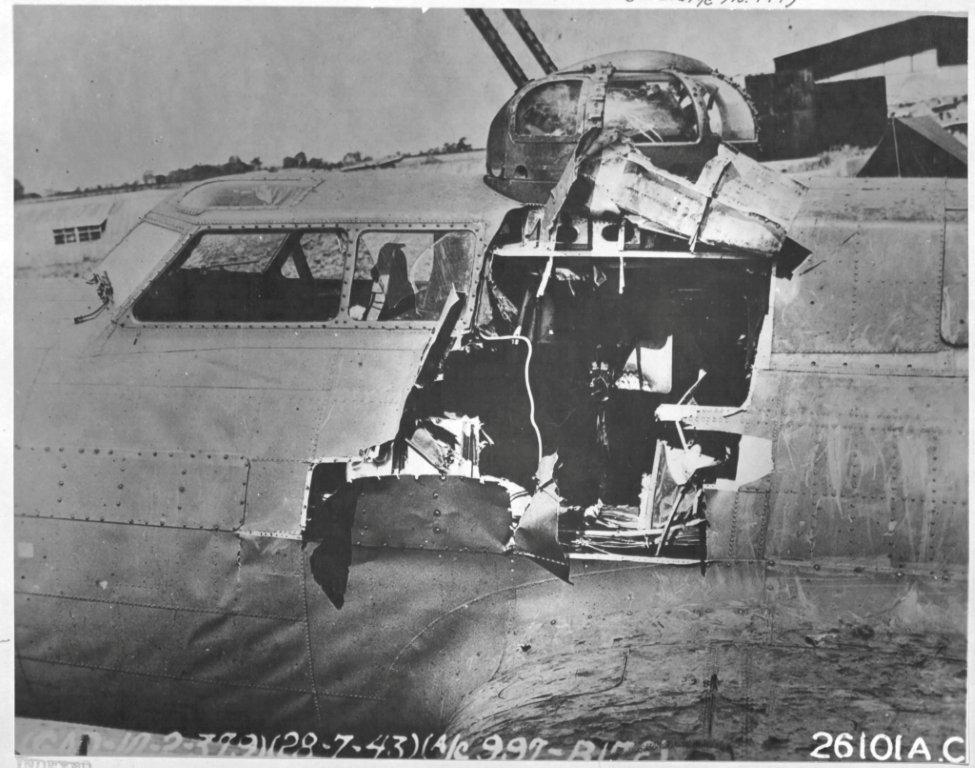
Photo 5008 - B-17G hit by a rocket with a hole large
enough to drive a jeep through. But she comes back.
Sgt
Burdette R Smith was on this one…..
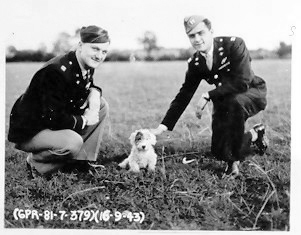
Photo 5009 - Can anyone identify these men??? Or maybe
someone knows the crewman in the center of this photo
Capt
Joseph A Brown, Lead Bombardier, (right) and Capt Andrew
K Dutch, Lead Navigator, (left) training their new
crewman.

PHOTO 5010 - "Fightin' Pappy"
(42-5407)
Photo
of a downed B-17 from the 379th BG. I got this photo
from a fellow in Warsaw, Poland. It's a small photo so I
had to resize it on my computer a few times to read the
nose art. Looks to me like "Fightin' Pappy".
Thanks to Mark Forlow for this photo.
Vernon Smith, Pilot, said: “The
ball turret guns in the down position survived the
impact of the landing. And, the guns stopped our skid on
the ground by plowing into the soft ground. The guns
were excellent brakes. That braking action saved us from
skidding further and possibly into the trees at the end
of the meadow.”
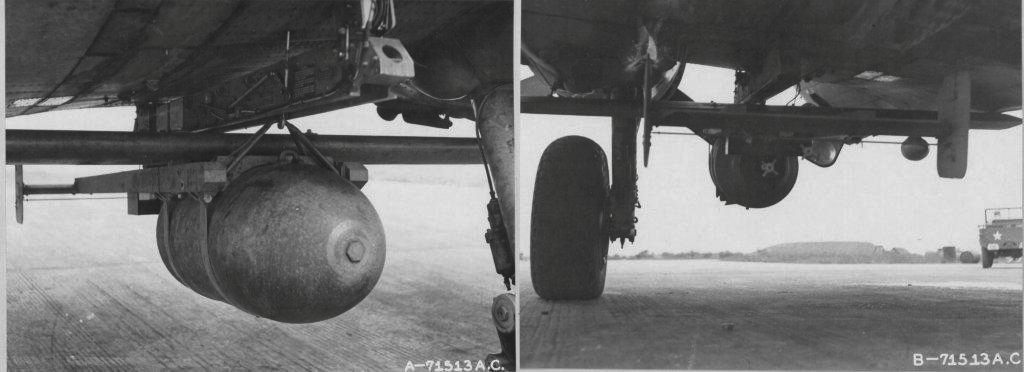
Photo 5011 - Grapefruit mission to Cologne 28 May 1944
It
was officially named GB-1 (XM-108) and it looked like a
crudely constructed mini aircraft. The nickname,
Grapefruit, was because of its experimentation in
Florida in June of 1941.The 2000-lb experimental bomb
was12 feet long and about 30 inches wide. It had two
vertical fins and was carried by hooks under a wooden
wing. The bomb was controlled by a gyroscope mounted at
the rear of the bomb.
The
concept was that a formation of heavy bombers carrying a
glide bomb under each wing could bring destruction to
enemy targets without endangering the bombers or the
flight crews. Once released by a B-17 at more than 2,000
feet at 185-200 mph, the Grapefruit would accelerate to
250 mph, go into a two minute gentle descent and glide
for 20 miles to the target. This experiential project
was assigned to the 303rd, 379th
and 384th (41st Combat Wing). The
results were good but showed no pinpoint accuracy; the
varying air currents and an inadequate preset guidance
system widely scattered the pattern of impacts.
German antiaircraft gunners believed they had achieved
amazing accuracy. They saw mini bombers falling from the
skies in every direction; cashing and exploding. German
war records disclosed that their flak gunners put in
claims for shooting down more than 90 Fortresses. This
new bomb provided Axis Sally with news worthy material
for her radio propaganda program.
General Hap Arnold called the mission a success. It was
concluded that the glide bomb might be suited for area
bombing, but not for the precision bombing for which the
379th BG had proven its expertise. The May 44
mission was the only mission on which this type of bomb
was used by the 8th Air Force. (Excerpts from
the 379th BGA Anthology)